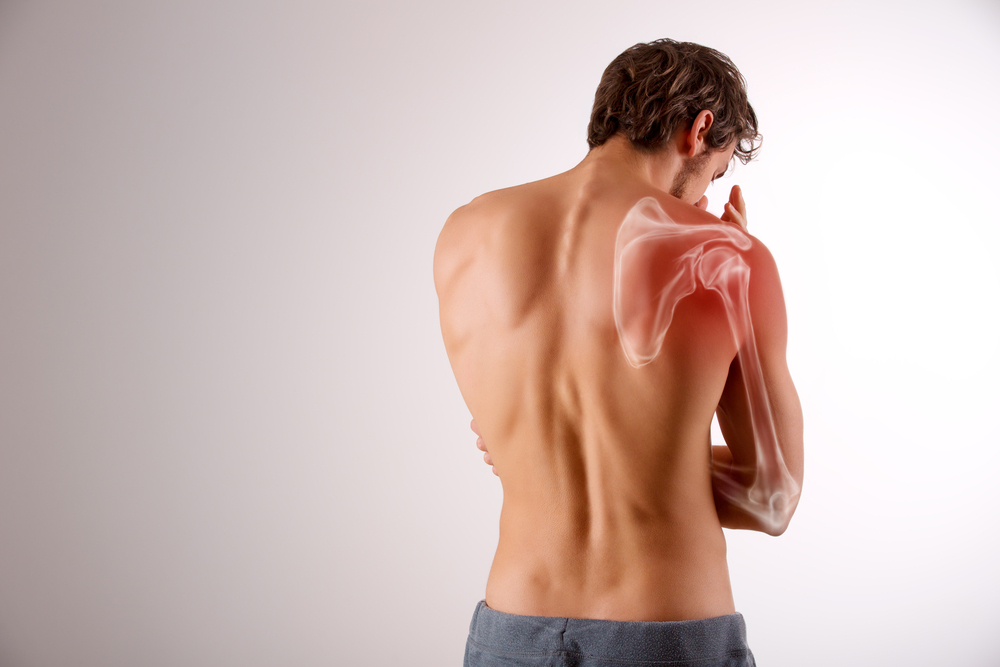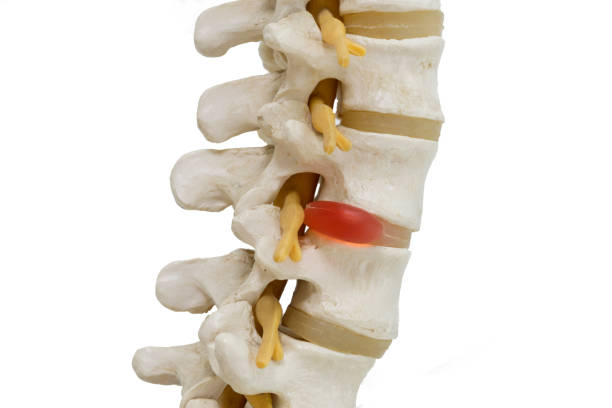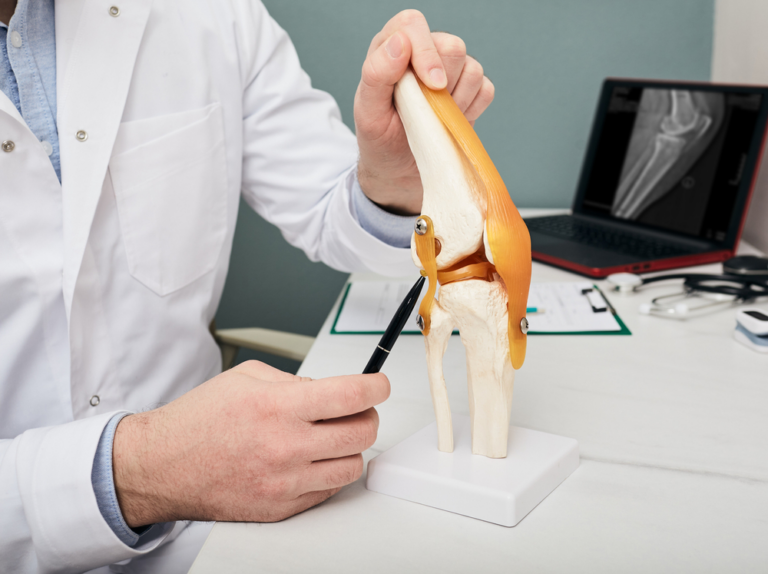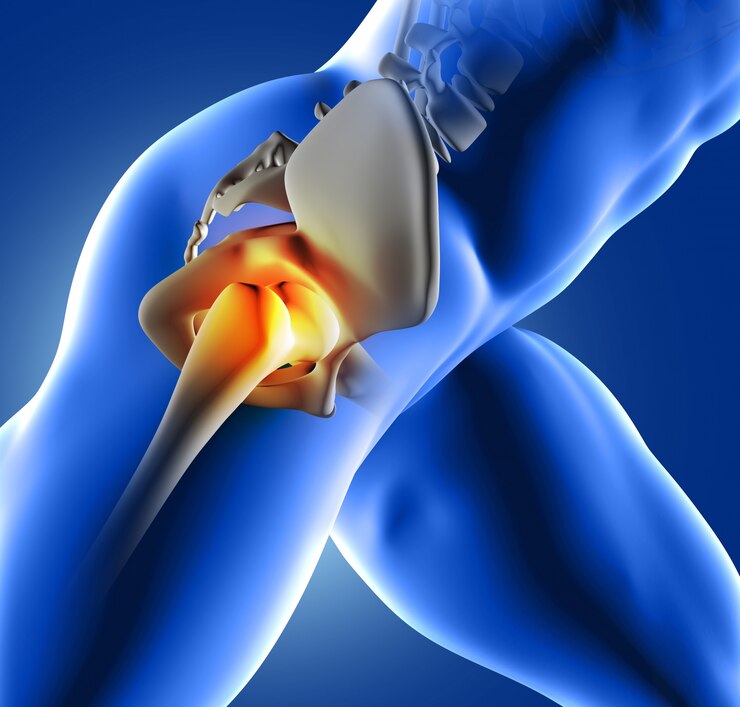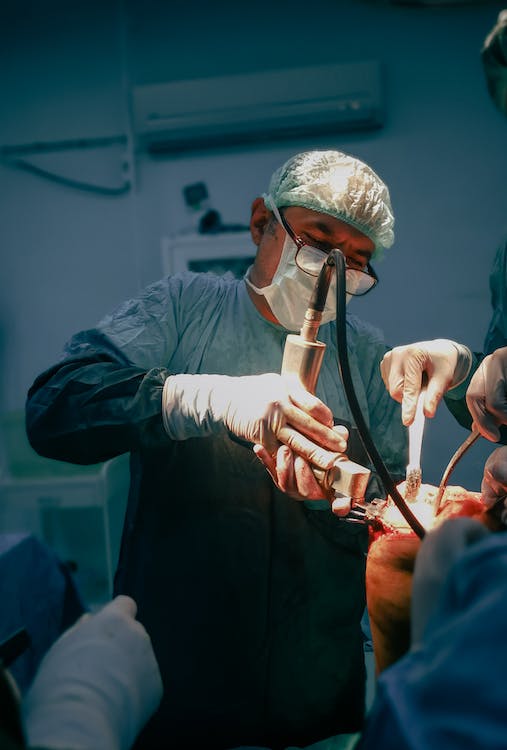Common Shoulder Problems and When Shoulder Replacement Surgery is Needed
The shoulder joint has a structure that makes it susceptible to injury or problems. Common shoulder problems cause a wide range of issues including the following:
- Weakness
- Stiffness
- Pain
Some common shoulder injuries include labral tears, rotator cuff tears, and frozen shoulder. Shoulder pain and disability can also result in the need for shoulder replacement surgery.
What is the anatomy of the shoulder?
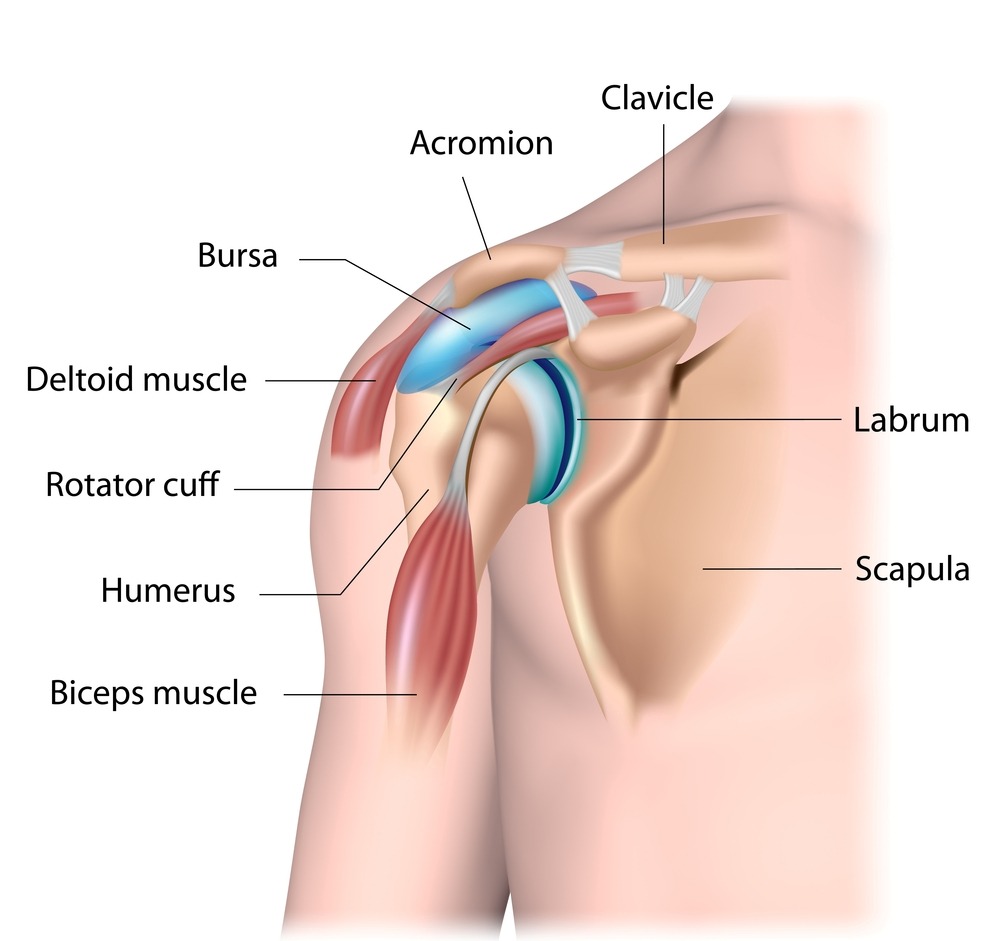
The shoulder is made up of three bones; they are the humerus, the shoulder blade, and the clavicle. The joint is a ball and socket joint. The ball, which is the head of the humerus fits into a shallow socket in the shoulder blade called the glenoid cavity. All these structures allow for the rotational movement of the shoulder joint. This increased movement makes the shoulder susceptible to injuries and damage.
Why do shoulder injuries occur?
The anatomy or structure of the shoulder joint makes it susceptible to injury. The head of the humerus is kept in place by the strength of the muscles and ligaments around the joint. Any imbalance in these muscles or a strain in the surrounding ligaments can result in its injury. Posture also plays a very important role in shoulder muscle imbalances as rounded shoulders lead to increased tightness in the muscles in the front of the shoulder and weakness in the back of the shoulder. For the shoulder joint to move effectively, multiple muscles, ligaments, and joints must move harmoniously to provide smooth and pain-free movement.
What is the cause of shoulder problems?
These problems are fairly common and may be caused by simple issues, including:
- Sporting activities
- Falling
- Trauma
- Lifting heavy objects awkwardly
- A sprain
The older the individual gets, the more common the shoulder problems flare up due to age-related changes.
Can shoulder pain be felt elsewhere?
It is possible to feel the pain from a shoulder disorder around the shoulder itself, the neck, and the arms. Occasionally the problem felt in the shoulder can also be due to a neck issue. This can happen even when there is no pain in the neck. Individuals that feel this pain describe it as a feeling of pins and needles, a sharp but not burning pain.
Why is shoulder replacement surgery done?
The shoulder replacement surgery is done to relieve pain and other symptoms that can arise from damage to the shoulder joint. Some conditions that can cause this damage include;
- Rotator cuff injuries – The rotator cuff, a bundle of muscles and tendons that surround the shoulder joint, can become injured. Injuries to these muscles and tendons can sometimes result in damage to the cartilage and bone in the shoulder joint.
- Fractures – Fractures of the upper end of the humerus can cause the need for a replacement. This can either be as a result of the injury or when a prior surgery for the fracture fixation has failed.
- Osteonecrosis – Some types of shoulder conditions can cause a blockage of blood flow to the humerus. This can lead to the death and eventual collapse of the bone.
- Osteoarthritis – This is also known as wear and tear arthritis. The cartilage that protects the ends of the bones and facilitates easy joint movement is harmed by it.
- Rheumatoid arthritis – Overactive immunity is the cause of rheumatoid arthritis. The resulting inflammation can lead to damage to the cartilage and in some cases the underlying bone in the joint.
What risks come with having a replacement shoulder?
Although only seen in rare cases, it is very possible that a shoulder replacement surgery will not lessen the pain or eliminate it completely. The surgery may also not fully restore the movement and strength of the joint. Additional surgery may be needed in some cases as well. Some potential complications that may arise from shoulder replacement surgery include:
- Fracture – This can result from the humerus, the scapula, or the glenoid breaking during or after the surgery
- Dislocation – This happens when the ball of the new joint pops out from the socket
- Nerve damage – This happens when the nerves in the area of the implant are damaged. This can lead to numbness, pain, and weakness
- Infection – This can occur at the incision area or in the deeper tissue. It may require another surgery to handle.
- Blood clots – These can form in the veins in the legs or arms after the surgery. They can be dangerous because a piece of the clot can break off and travel to the lung, the heart, or even the brain in rare cases
- Implant loosening – Although the components of the shoulder replacement are strong, in some circumstances, they could get worn or loosen over time. In these instances, another surgery will be required to replace the loose components.
What are the types of shoulder replacements?

The surgeon will have a consultation with the patient regarding the type of shoulder replacement that the patient would require. Four options may be picked, they include:
- Reverse total shoulder replacement – In this procedure, the joint is reversed from the normal position. This means that the metal ball prosthesis is placed on the scapula where the glenoid cavity would normally be, and the plastic cup is attached to the stem and is moved to the upper part of the humerus, where the ball would normally be.
- Hemiarthroplasty – In this procedure, only the ball and stem are replaced. The stem is connected to a metal ball and then the ball is articulated with the natural glenoid cavity.
- Resurfacing hemiarthroplasty – This involves replacing the joint surface of the humeral head with a cap-like prosthesis without a stem.
- Anatomic total shoulder replacement – In this procedure, the arthritic joint is replaced with a highly polished metal ball attached to a stem on the humeral side. A plastic cup is also placed on the glenoid socket.
- Stemless total shoulder arthroplasty – This is a bone-preserving version of the total shoulder arthroplasty where the metallic ball is attached to the upper arm without a stem.
The information provided in this blog is for educational purposes only and should not be considered as medical advice. It is not intended to replace professional medical consultation, diagnosis, or treatment. Always consult with a qualified healthcare provider before making any decisions regarding your health. Read more

